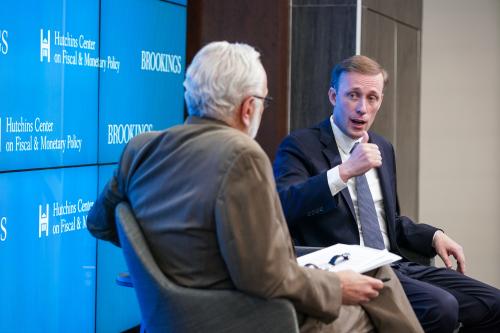The global financial crisis changed the economic and political challenges to the world’s central banks. As the lunch-time entertainment at the International Monetary Fund’s fifteenth annual Jacques Polak Research Conference, I ticked off some of those challenges.
Read my prepared remarks here. Here’s a quick summary:
- Central bankers loom larger than even in the political and public mind, and there’s a substantial risk that politicians and the public will have unrealistic expectations about what monetary policy can do – in the United States, in Europe and in Japan.
- Central bankers’ words are increasingly important, as they use “forward guidance” about future interest rates as a tool of monetary policy. Central bankers will be judged on how well they use this tool.
- If, as some economists and central bankers expect, the world faces persistently low inflation and more frequent episodes of short-term rates near zero, then “unconventional monetary policy” – including large-scale asset purchases known as “quantitative easing” or QE is going to be, well, “conventional.” That raises some big questions, including these: How does QE actually work (a subject on which economists disagree)? Does QE widen inequality (as much of the public believes and may explain why there is so much antipathy to the Fed) ? Does QE help one country at the expense of others (as emerging-market officials have asserted)?
- The latest central banker’s mantra – that we’ll use interest rates to hit our unemployment and inflation targets – and regulatory or “macroprudential” tools to avoid financial instability is simple in concept, but harder to practice. Macropudential tools still aren’t well developed and calibrating them remains a challenge.



Commentary
4 Challenges for Central Bankers after the Financial Crisis
November 14, 2014